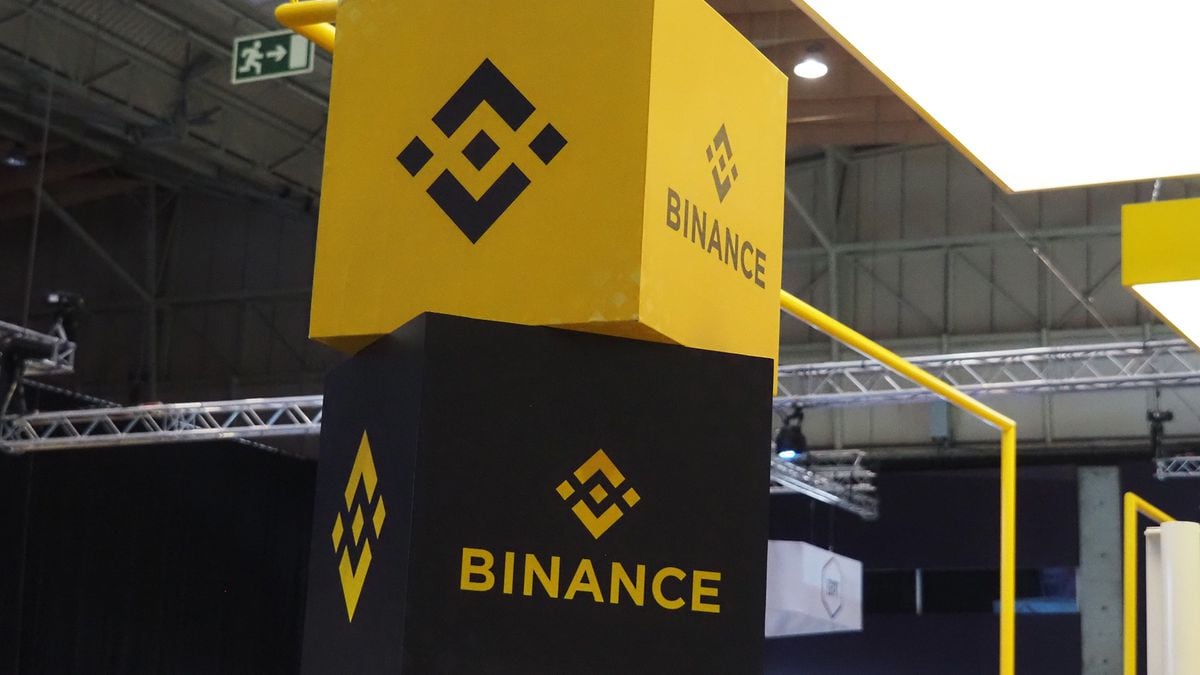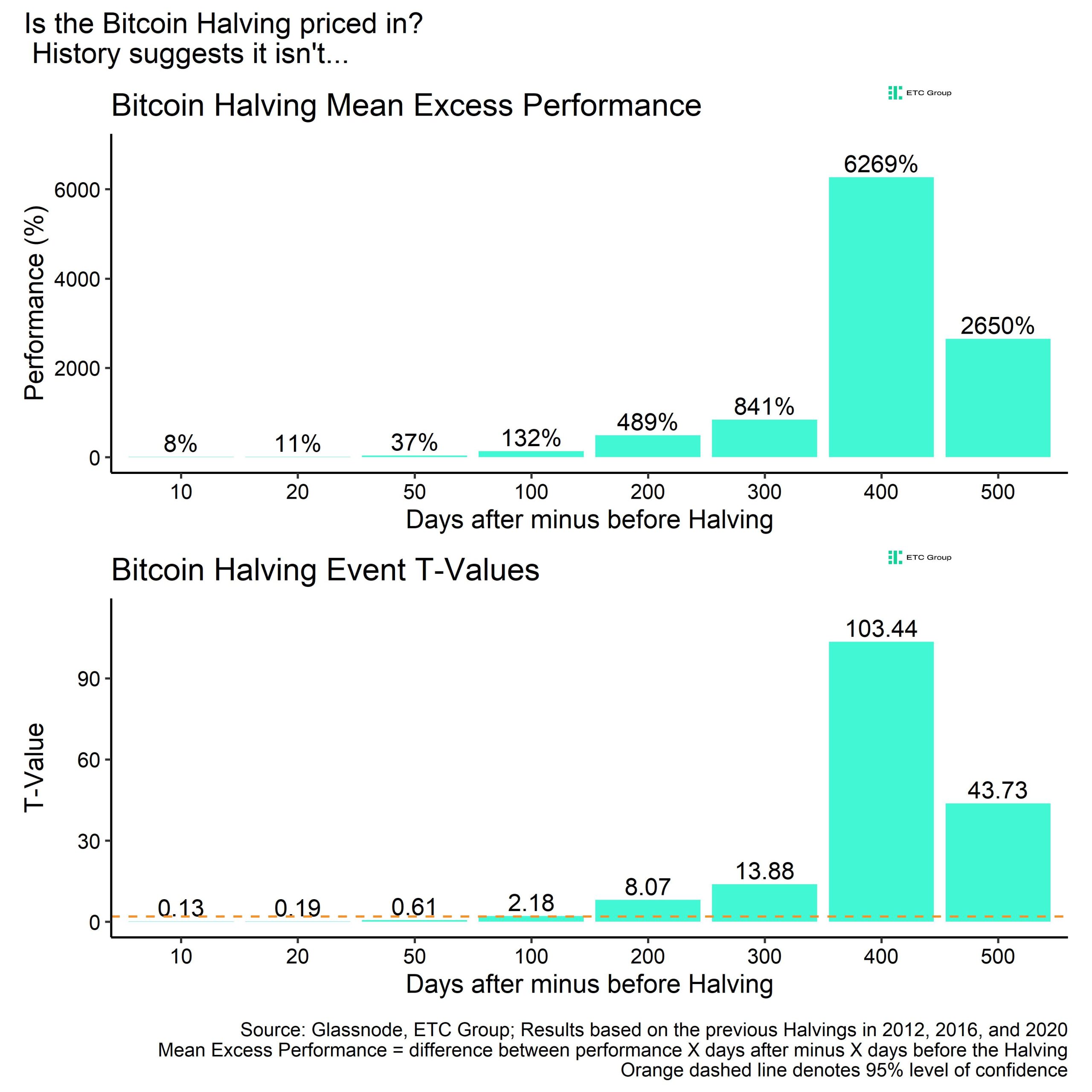
ETH price hovers at a key support level and while it is softening, data shows pro traders are reluctant to go short.
Ether (ETH) has been stuck between $1,170 to $1,350 from Nov. 10 to Nov. 15, which represents a relatively tight 15% range. During this time, investors are continuing to digest the negative impact of the Nov. 11 Chapter 11 bankruptcy filing of FTX exchange.
Meanwhile, Ether’s total market volume was 57% higher than the previous week, at $4.04 billion per day. This data is even more relevant considering the collapse of Alameda Research, the arbitrage and market-making firm controlled by FTX's founder Sam Bankman-Fried.
On a monthly basis, Ether's current $1,250 level presents a modest 4.4% decline, so traders can hardly blame FTX and Alameda Research for the 74% fall from the $4,811 all-time high reached in November 2021.
While contagion risks have caused investors to drain centralized exchanges wallets, the movement led to an uptick in decentralized exchanges (DEX) activity. Uniswap, 1inch Network, and SushiSwap saw a 22% increase in the number of active addresses since Nov. 8.
Let's take a look at derivatives metrics to better understand how professional traders are positioned in the current market conditions.
Margin markets show no signs of distress
Margin trading allows investors to borrow cryptocurrency to leverage their trading position, potentially increasing their returns. For example, one can buy Ether by borrowing Tether (USDT), thus increasing their crypto exposure. On the other hand, borrowing Ether can only be used to short it or bet on a price decrease.
Unlike futures contracts, the balance between margin longs and shorts isn’t necessarily matched. When the margin lending ratio is high, it indicates that the market is bullish — the opposite, a low lending ratio, signals that the market is bearish.

The chart above shows investors' morale topped on Nov. 13 as the ratio reached 5.7, the highest in two months. However, from that point onward, OKX traders presented less demand for bets on the price uptrend as the indicator declined to the current 4.0 level.
Still, the current lending ratio leans bullish in absolute terms, favoring stablecoin borrowing by a wide margin. It is worth highlighting that the overall sentiment improved since Nov. 8 as traders increased demand for margin longs using stablecoins.
Related: Genesis Global halts withdrawals citing 'unprecedented market turmoil'
Long-to-short data shows reduced demand for leverage longs
The top traders’ long-to-short net ratio excludes externalities that might have solely impacted the margin markets. By aggregating the positions on the spot, perpetual and quarterly futures contracts, analysts can better understand whether professional traders are leaning bullish or bearish.
There are occasional methodological discrepancies between different exchanges, so viewers should monitor changes instead of absolute figures.

The long-to-short ratio at Huobi stood at 0.98 between Nov. 8 and Nov. 15, indicating a balanced situation between leverage buyers and sellers. On the other hand, Binance traders initially faced a deep contraction in the demand for longs, but the movement was utterly subdued as buying activity dominated from Nov. 11 onward.
At the OKX exchange, the metric plunged from 1.30 on Nov. 8 to the present 0.81, favoring shorts. Therefore, according to the long-to-short indicator, the top traders significantly reduced their longs until Nov. 10, but then proceeded to increase long positions.
From a derivatives analysis point of view, neither futures nor margin markets display excess demand for shorts. Had the panic-based sentiment prevailed, one would expect worsening conditions on the Ether lending and long-to-short indicators.
Consequently, bulls are in control as traders are not comfortable taking bearish positions with ETH below $1,300.
The views and opinions expressed here are solely those of the author and do not necessarily reflect the views of Cointelegraph.com. Every investment and trading move involves risk, you should conduct your own research when making a decision.





